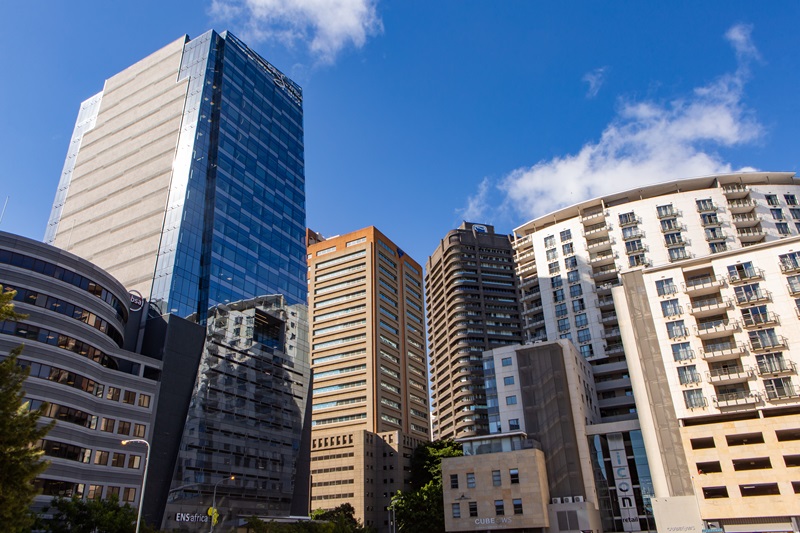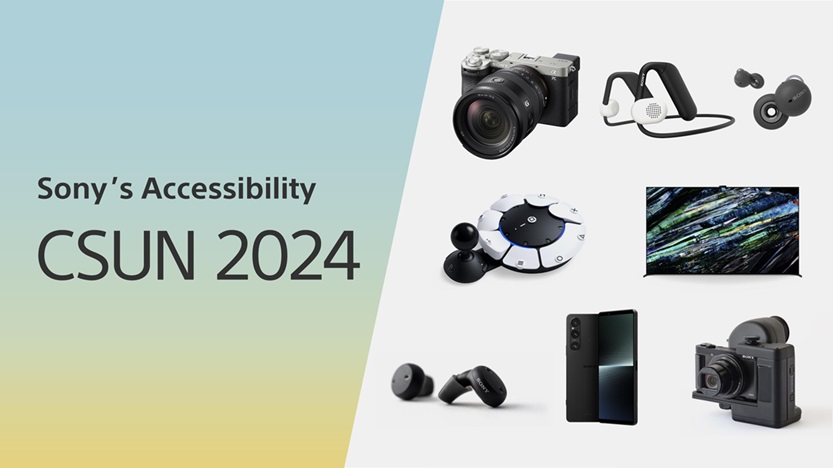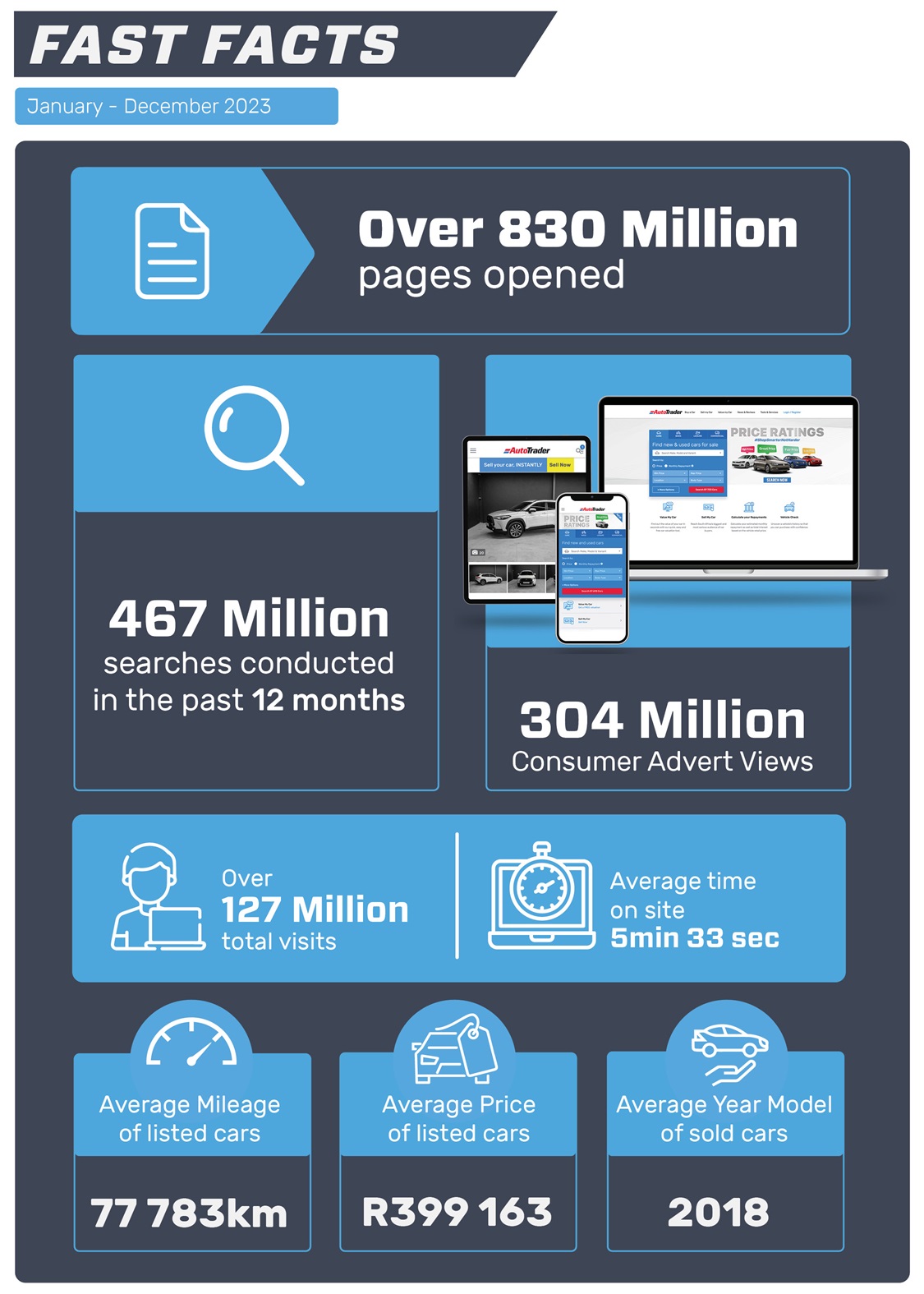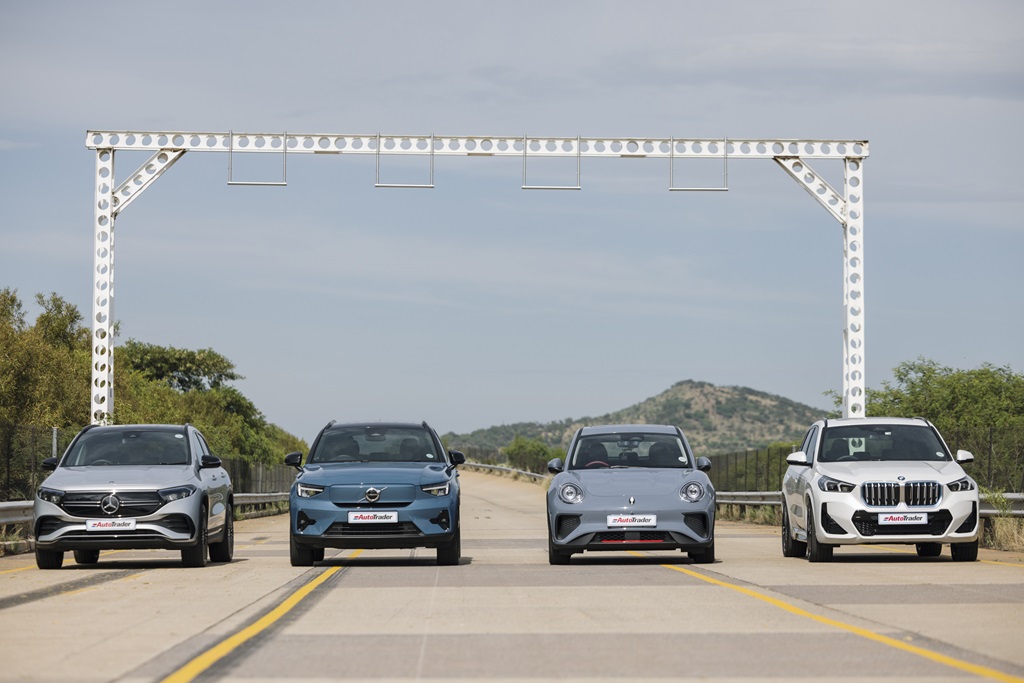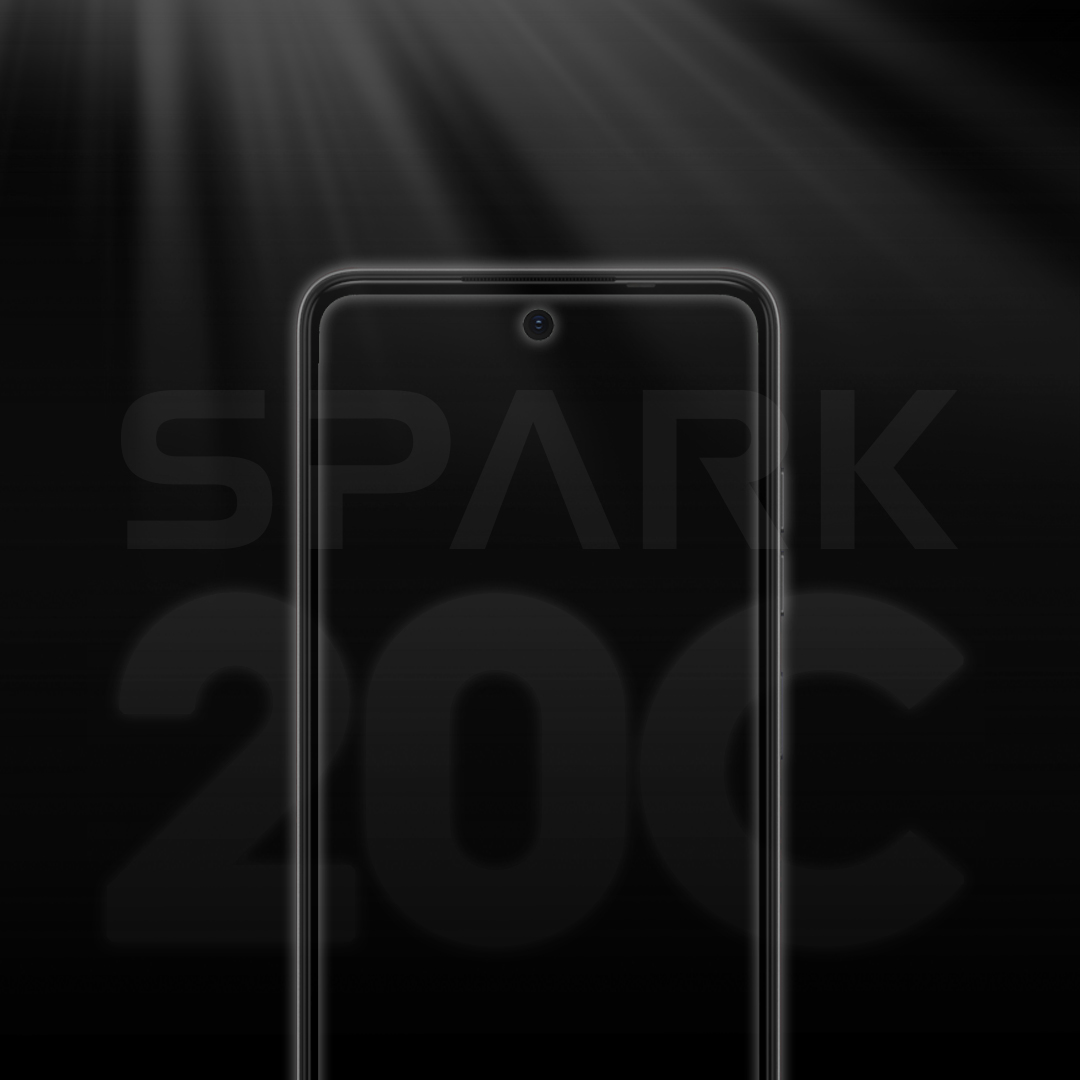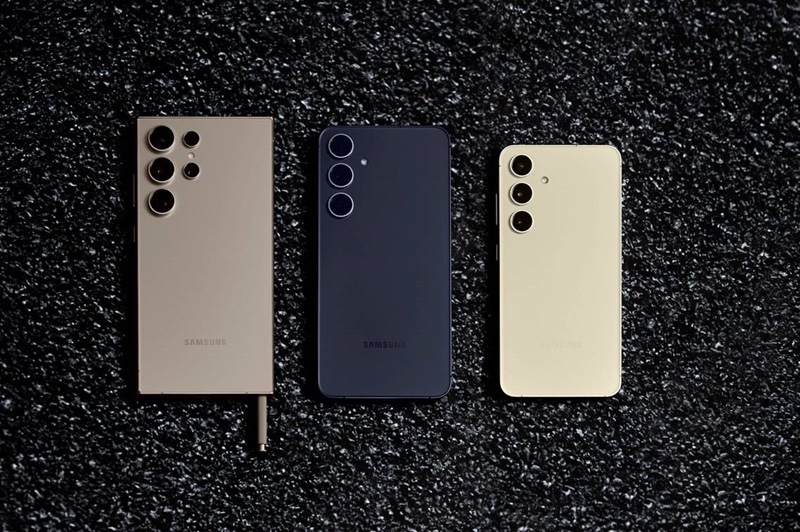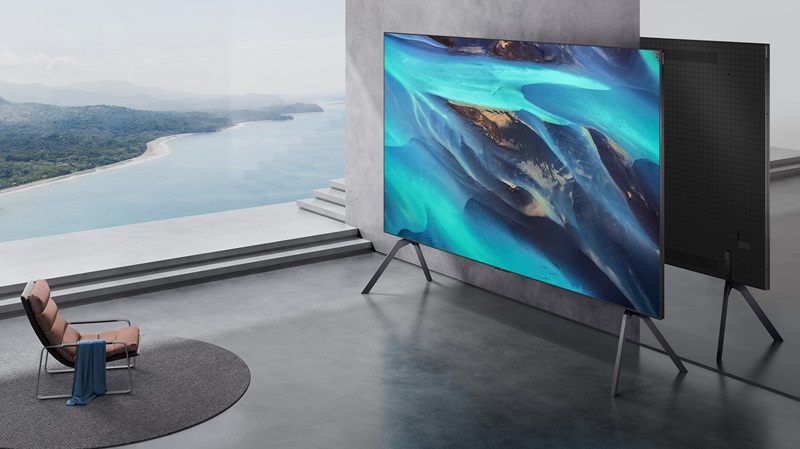Rosslyn, South Africa, It’s become an unfortunate reality that South African roads are a hazardous places to be. In December road accidents increased by a staggering 17% compared to the same period in 2015. Minister of Transport, Dipuo Peters, commented that along with poor attitudes and behaviours on the roads, rainy weather conditions across the country during the festive season also played a part in the crisis South Africa finds itself in.
While attitudes and behaviours may take longer to change, being aware of weather conditions and understanding how to navigate these from behind the wheel is the first step towards making our roads safer.
With more wet weather forecast, here are six tips on how to drive in the rain:
Be prepared
Your goal as a driver should be to see and be seen. Replace windscreen wipers that leave streaks or don’t clear the glass in a single swipe. Make sure all headlights, taillights, brake lights and indicators are functioning so other drivers can see you in heavy rain.
Proper tyre tread depth and inflation are also essential for maintaining good traction on wet roads. Ensure that your tread is at least 1.6mm deep and check each tyre’s pressure at least once a month.
Consider taking out a motoring plan such as Nissan Assured when you purchase your vehicle. It offers 6 years complete peace of mind with one of the best warranty and service plans on the market; with a more straightforward approach, to ensure that you can have your vehicle serviced regularly and affordably. Nissan Assured also offers extra benefits like a licence renewal reminder, including a service plan/warranty reminder, which will notify you in advance on the expiry dates of your service/warranty plan.
Watch where you drive
Heavy rain significantly reduces visibility, so make sure you can be seen by keeping your headlights switched on, and can see by turning your windscreen wipers on.
Also avoid following large trucks or busses too closely as the spray they create will further reduce your vision. Instead, follow in the tracks of a car ahead of you, which will also help you avoid any potholes or other obstructions in the road.
If you come across flooding, remember never to drive through moving water if you can’t see the ground through it, as your car could be swept off the road. And when driving through a puddle, go slow – if it’s deeper than the bottom of your doors, it could cause serious damage to your vehicle.
And if you do make it through a puddle a bit the worse for wear, Nissan Assured offers a range of roadside assistance benefits, including a 24-hour towing service and posting security to your location while you wait for assistance. A free health check is also offered so that you know exactly what needs to be done, and how much it will cost.
Take your time
Driving too fast in heavy rain can cause your vehicle to hydroplane. This occurs when your vehicle’s tyres travel on a thin layer of water instead of gripping the surface of the road, and can make steering and braking difficult, or even cause you to lose control of your vehicle.
Reduce your speed in wet weather to avoid this, as well as to avoid needing to brake hard or turn sharply to avoid unexpected traffic.
If you do begin to hydroplane or skid, avoid slamming on the brakes; instead take your foot off the accelerator to slow down, and continue to look and steer in the direction you want to go.
Increase following distance
Adding one to two extra seconds of following time in the rain is another useful way to give you and the cars behind you more time to react to traffic. You should also start braking sooner than normal when approaching traffic, intersections and turns.
Minimise distractions
Severe weather demands your undivided attention, so be sure to reduce any possible distractions by turning the radio down and turning your phone off to keep your attention on the road.
Stay off the road
If you can barely see out your office window and can’t make it to your car without being drenched despite your umbrella, then the best driving decision may be to stay off the road completely until the weather clears. This is even more important at night, when the roads become especially treacherous and visibility is further reduced. If you are already on the road, find a safe place to pull over, with your hazard lights on, until the rain subsides. Being late for or missing an appointment is less important than your safety.
In Case Of Emergency:
Nissan Assured South Africa – 0800 NISSAN (64 77 26)
Nissan Assured Namibia, Botswana, Swaziland and Lesotho – +27 12 529 5103
It’s the beginning of 2017 – let’s work together on these small but significant ways to make our roads safer this year.




